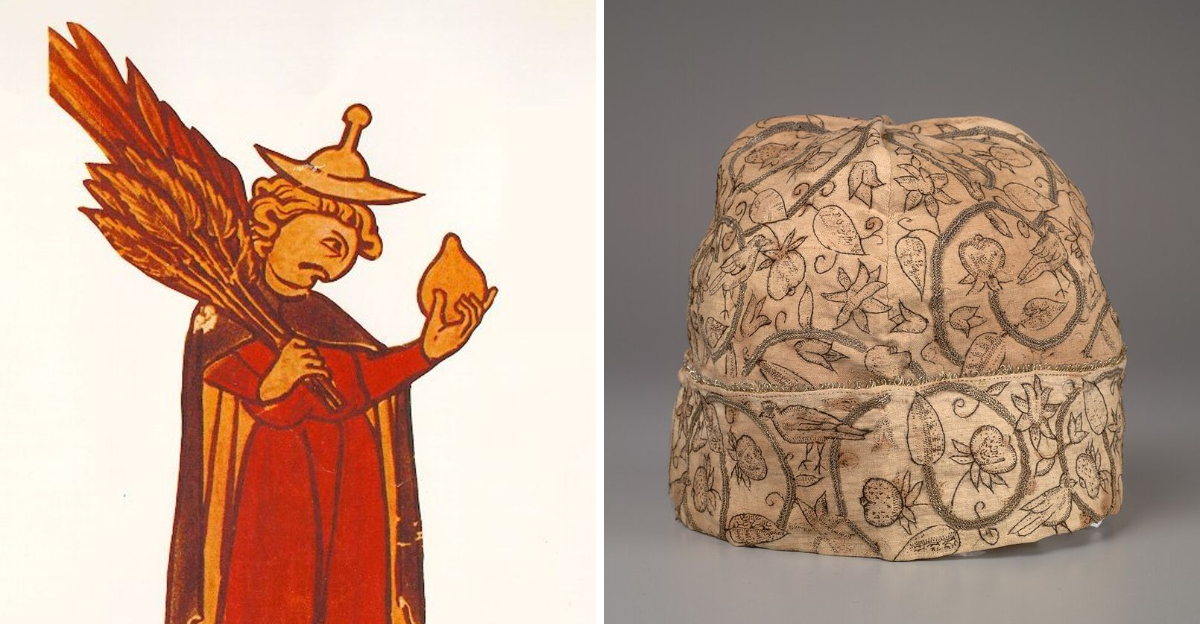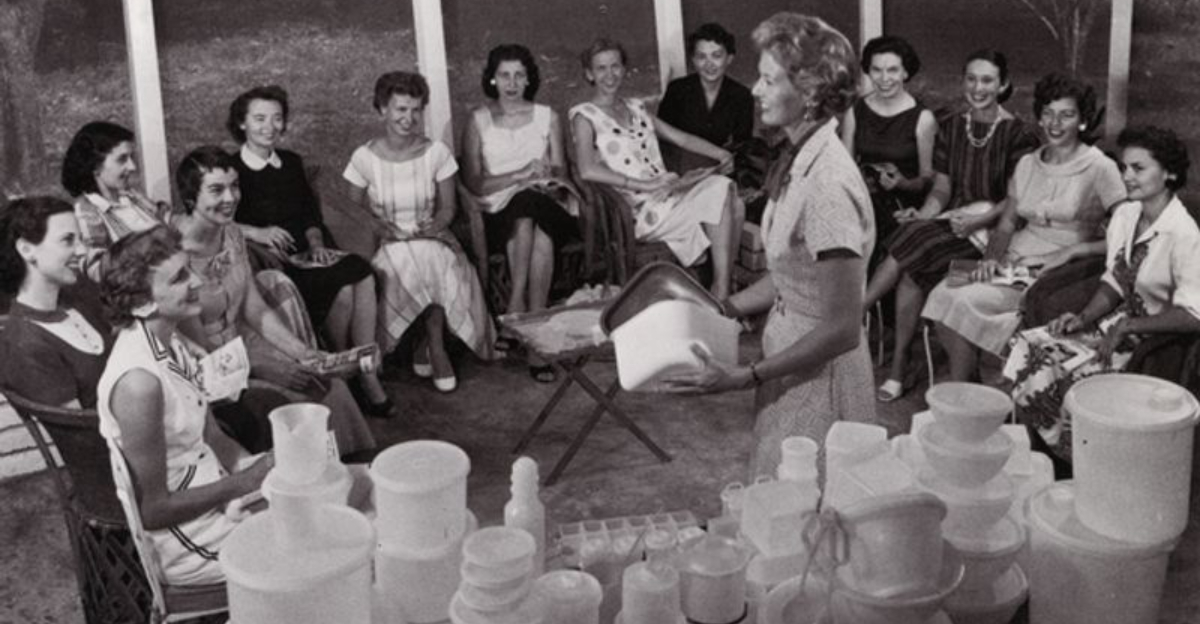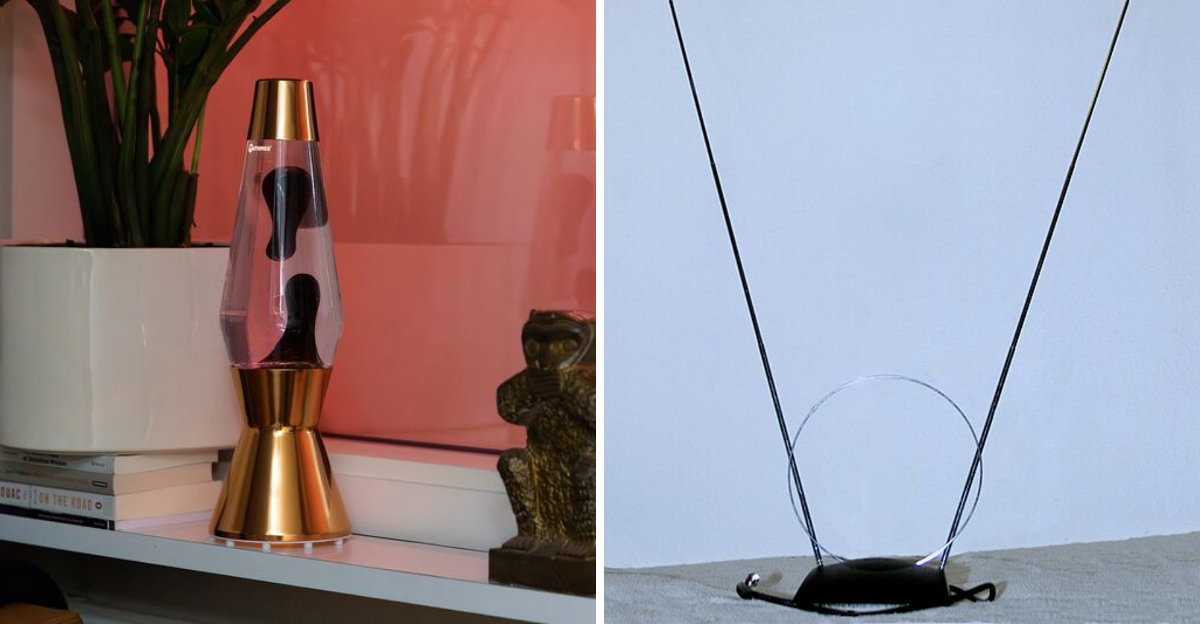15 Glimpses Into What Life Was Like For Women 100 Years Ago
A century ago, women lived in a world both familiar and unrecognizable.
Daily routines were shaped by strict expectations, limited rights, and a pace of life far removed from today’s conveniences.
Yet within that framework existed resilience, creativity, and quiet strength that carried families and communities forward.
Roles were clearly defined, opportunities tightly guarded, and social rules woven into nearly every decision.
1. Financial Decisions Required A Husband’s Approval

Imagine needing someone else’s signature just to open your own bank account. Back then, married women couldn’t make major financial choices without their husband’s permission.
Banks refused to give loans or accounts to wives acting independently. This meant women had almost no control over family money, even if they earned it themselves through work or inheritance.
2. Job Choices Were Severely Limited

Career dreams often hit a brick wall for women a century ago. Teaching, nursing, sewing, and cleaning houses made up nearly all the job options available to them.
Factories, offices, and skilled trades rarely hired women for anything beyond the most basic positions.
Professional careers like engineering or business management were essentially off-limits, no matter how talented or educated someone was.
3. Marriage Bars Forced Women To Quit Working
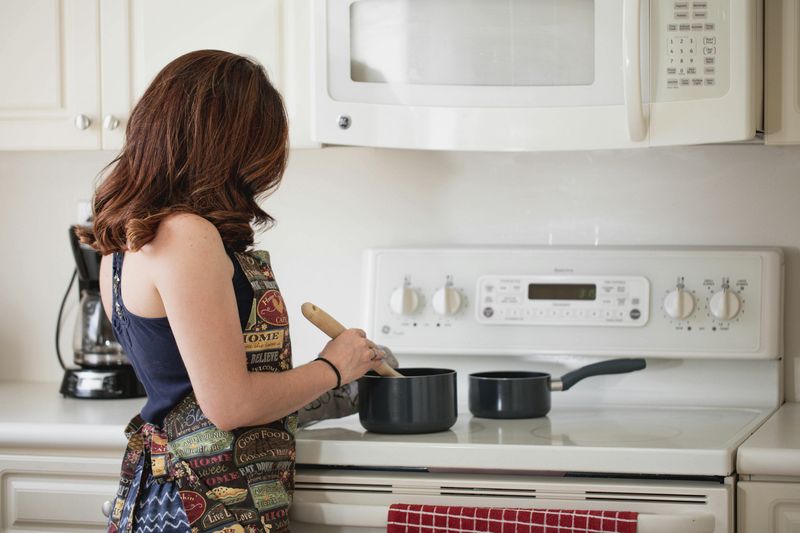
Getting engaged meant getting fired in many workplaces. Employers enforced strict marriage bars that required women to leave their jobs once they tied the knot.
The reasoning seemed simple to people back then: wives belonged at home, not in offices or factories.
This policy trapped countless women in financial dependence, forcing them to give up careers they loved just because they got married.
4. Birth Control Was Illegal And Hard To Find

Planning your family size wasn’t a simple conversation with your doctor. Laws actually banned distributing birth control information and devices in most places.
Women who wanted to space out pregnancies or limit family size had few safe options.
Accessing contraception meant breaking the law or risking dangerous methods, leaving many women with little control over their own reproductive health and futures.
5. Voting Rights Were Brand New
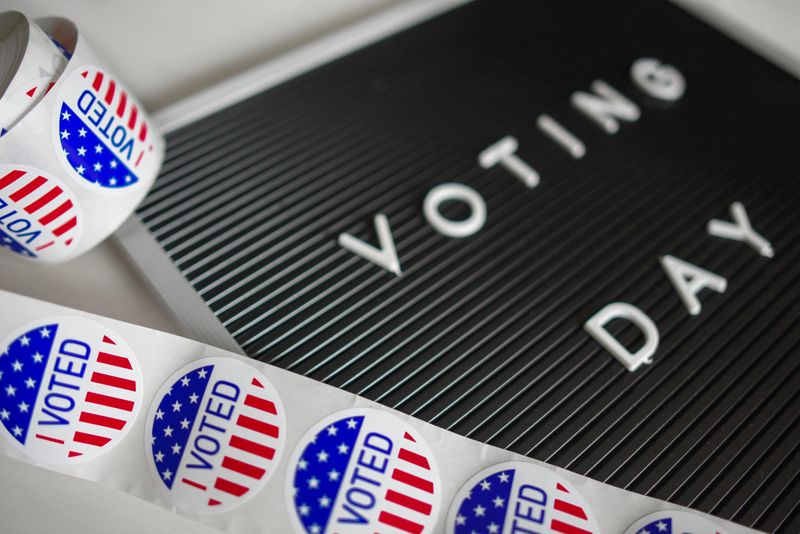
Cast your ballot today and it feels routine, but for women in the 1920s, voting was thrilling and new. The 19th Amendment had just passed in 1920, finally granting women suffrage.
Many women were voting for the first time in their lives, sometimes facing hostility at polling places. This hard-won right came after decades of protests, arrests, and hunger strikes by brave suffragettes.
6. College Doors Were Only Partly Open

Sure, women could attend college, but good luck studying engineering or law. Universities accepted female students but steered them away from certain fields considered too masculine or difficult.
Science, business, and technical programs remained dominated by men who questioned whether women belonged there.
Many families also discouraged daughters from pursuing higher education, viewing it as a waste since marriage was supposed to be their real goal.
7. Divorce Meant Social Ruin

Leaving an unhappy or even abusive marriage could destroy your reputation completely. Society viewed divorced women as failures and moral outcasts.
Churches condemned divorce, families often disowned divorced daughters, and communities gossiped relentlessly.
Women trapped in terrible marriages frequently stayed because the social and financial consequences of divorce seemed worse than enduring the unhappiness.
8. Homemaking Defined A Woman’s Identity
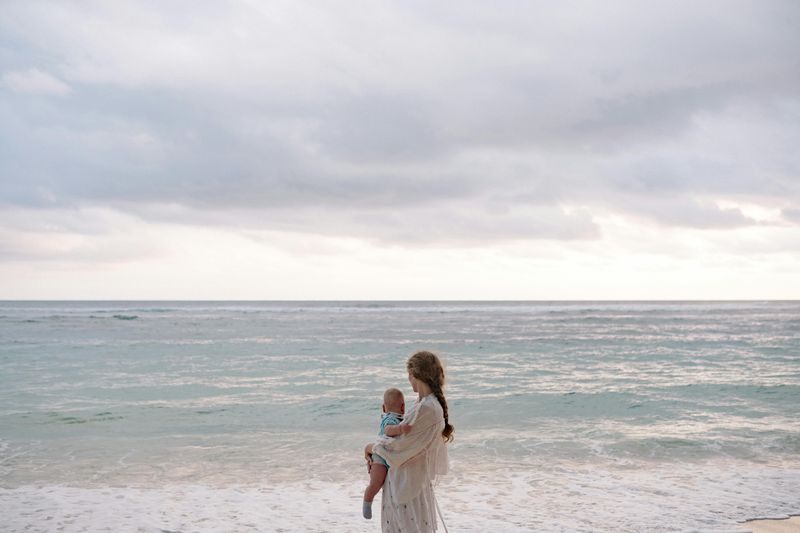
Who are you? A century ago, the answer for most women was simply wife and mother. Society measured a woman’s worth entirely by how well she managed her household and raised her children.
Personal ambitions, hobbies, or career goals took a backseat to domestic duties. Women who wanted more than homemaking were seen as selfish or unnatural, failing at their supposed biological purpose.
9. Solo Travel Raised Eyebrows

Booking a trip without a male companion invited endless questions and judgment. Respectable women simply didn’t travel alone, and those who did faced assumptions about their moral character.
Hotels sometimes refused to rent rooms to unaccompanied women. Train conductors and fellow passengers would stare and whisper.
The freedom to explore the world independently was reserved almost exclusively for men during this era.
10. Social Clubs And Teas Were Mandatory
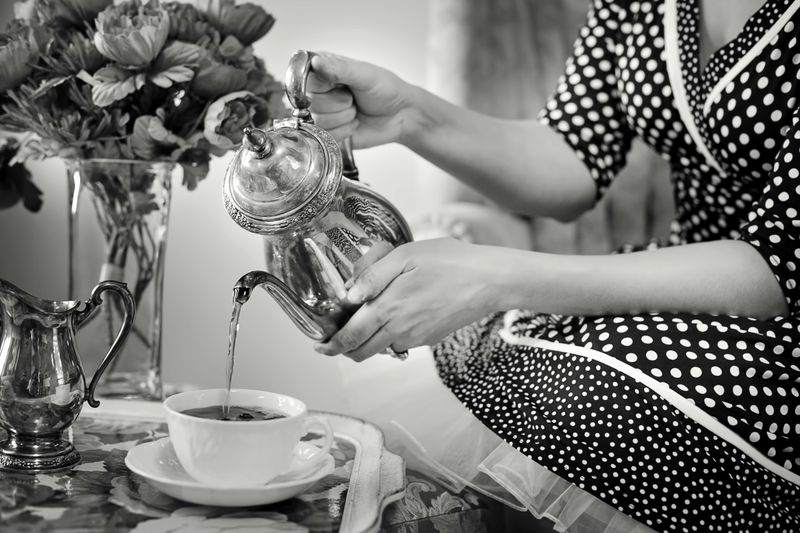
Your social calendar filled up fast with obligatory teas, church meetings, and women’s club gatherings. Attending these events wasn’t optional if you wanted to maintain your family’s social standing.
Women spent hours organizing charity functions, hosting elaborate teas, and participating in community groups.
Missing these gatherings could damage your reputation and your husband’s business prospects. Social networking happened face-to-face, and women managed these important connections.
11. Short Hair Shocked Conservative Society

Cutting your hair into a fashionable bob meant making a rebellious statement. Long hair symbolized femininity and tradition, so chopping it off shocked parents, churches, and communities.
Young women called flappers embraced short hairstyles as acts of independence. Conservative folks viewed bobbed hair as improper and masculine.
Some employers even fired women who showed up with short hair, considering it too radical and inappropriate.
12. Housework Was Physically Exhausting

Before dishwashers and washing machines became common, housework meant hours of backbreaking physical labor.
Women scrubbed laundry by hand, hauled water, beat rugs, and cooked everything from scratch.
Keeping a house clean required genuine muscle and endurance. No quick vacuum sessions or tossing clothes in a machine.
Daily chores consumed most of a woman’s waking hours, leaving little time or energy for anything else.
13. Public Drinking And Smoking Were Taboo

Light up a cigarette in public and prepare for gasps and glares. Women who smoked or drank alcohol, especially in public view, were considered unladylike and morally questionable.
Even after Prohibition ended in 1933, social rules remained strict. Bars and restaurants often refused to serve women alcohol. Smoking in public suggested loose morals and poor character.
14. Wage Gaps Were Enormous And Accepted

Doing identical work as your male coworker? Expect to earn about half his salary. Employers openly paid women less, justifying it by claiming men needed to support families.
Nobody questioned this massive pay gap – it was simply how things worked. Women’s wages were considered supplementary pocket money rather than legitimate earnings.
This discrimination kept women financially dependent and reinforced the idea that their work mattered less than men’s contributions.
15. Media Pushed Marriage As The Ultimate Goal

Flip through any newspaper or magazine and you’d see the same message everywhere: your purpose is finding a husband.
Advertisements, articles, and advice columns constantly reinforced that marriage defined a woman’s success.
Single women past a certain age faced pity and mockery as old maids. Media rarely showed women with careers, adventures, or accomplishments unrelated to romance.


